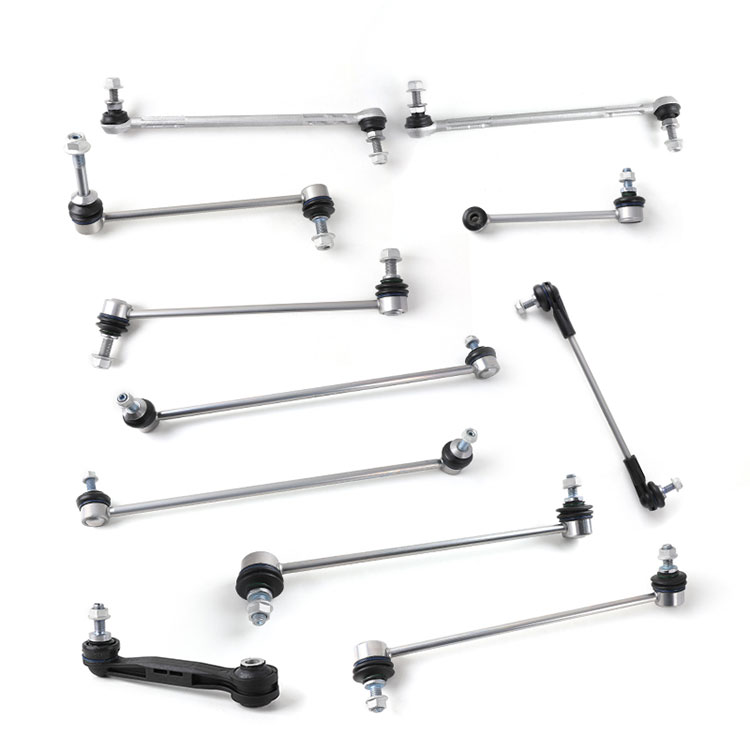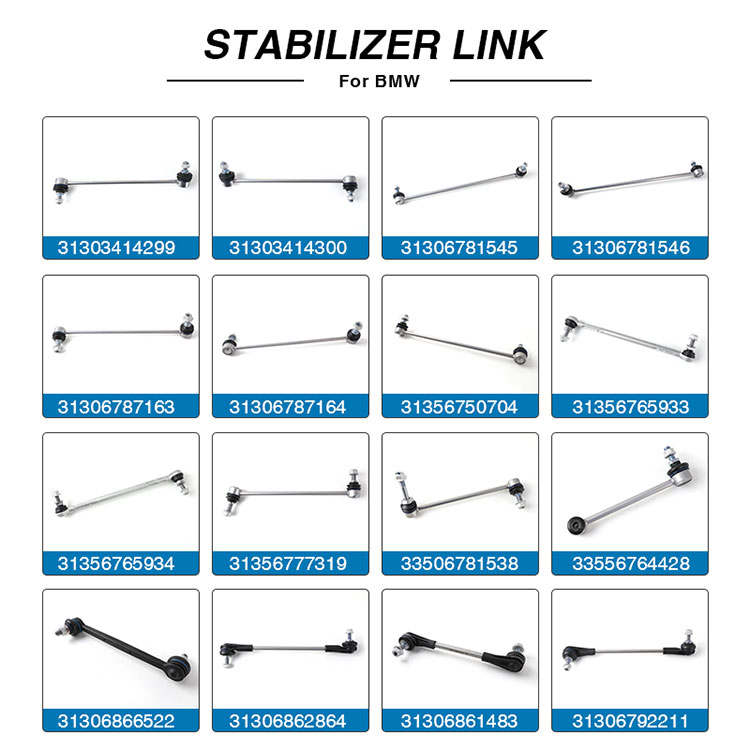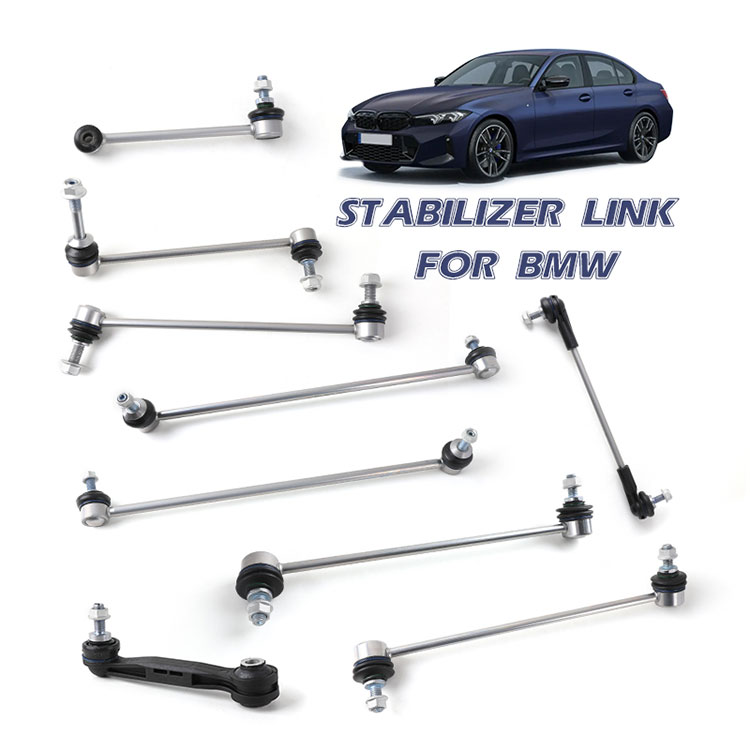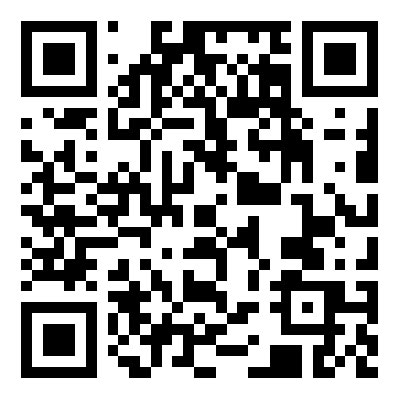What are stabilizer links in a car?
2023-12-29
The suspension system of a vehicle is responsible for providing a smooth ride and maintaining optimal tire contact with the road surface. However, during sharp turns or corners, there is a tendency for the vehicle's body to roll or sway.
A stabilizer bar, commonly known as a sway bar or anti-roll bar, is a metal rod that connects the left and right sides of a vehicle's suspension. It is typically mounted to the chassis with bushings and connected to the control arms or struts with stabilizer links. The stabilizer bar's role is to resist the rolling motion of the vehicle during cornering.

The stabilizer links are crucial components in this system. They connect the ends of the stabilizer bar to the suspension components on each side of the vehicle. Stabilizer links are often jointed with ball joints or bushings to allow for movement and flexibility as the suspension travels.
When a vehicle enters a turn, the centrifugal force tends to make the body roll to the outside of the turn.
As the vehicle body starts to roll, the stabilizer bar is twisted along its axis. This twisting action creates a force that resists the body roll.

The stabilizer links transfer this resistance force from the stabilizer bar to the suspension components on each side of the vehicle.
The result is a reduction in body roll, which helps to keep the vehicle more level during cornering. This contributes to better handling, stability, and traction.
Stabilizer links are subject to wear and tear over time, and their bushings or joints may degrade. If a stabilizer link fails or becomes worn, it can lead to issues such as increased body roll during turns, reduced stability, and uneven tire wear. Therefore, it's important to inspect and replace stabilizer links as part of routine vehicle maintenance if needed. Regular maintenance and inspections contribute to optimal suspension performance and overall vehicle safety.





